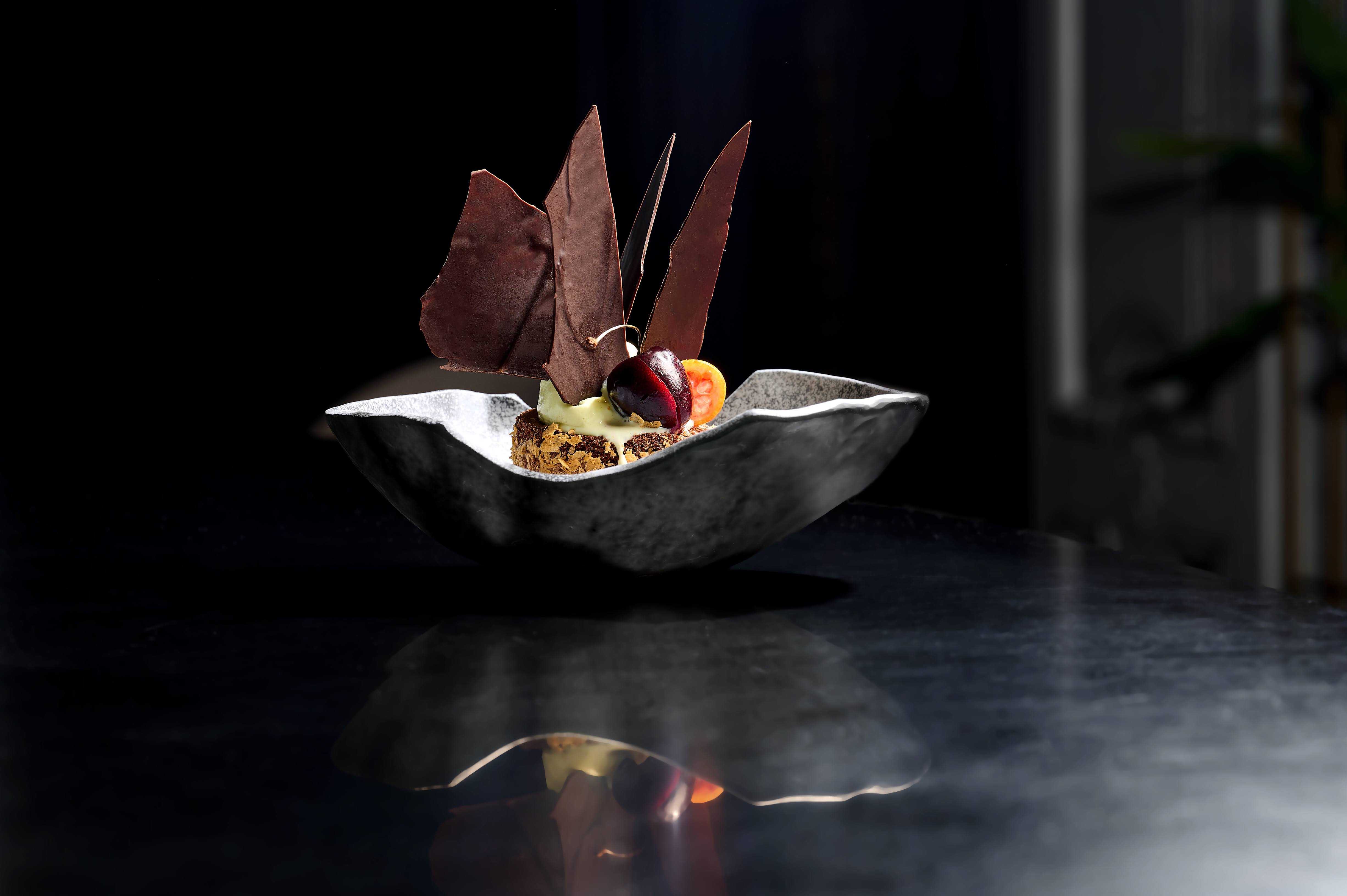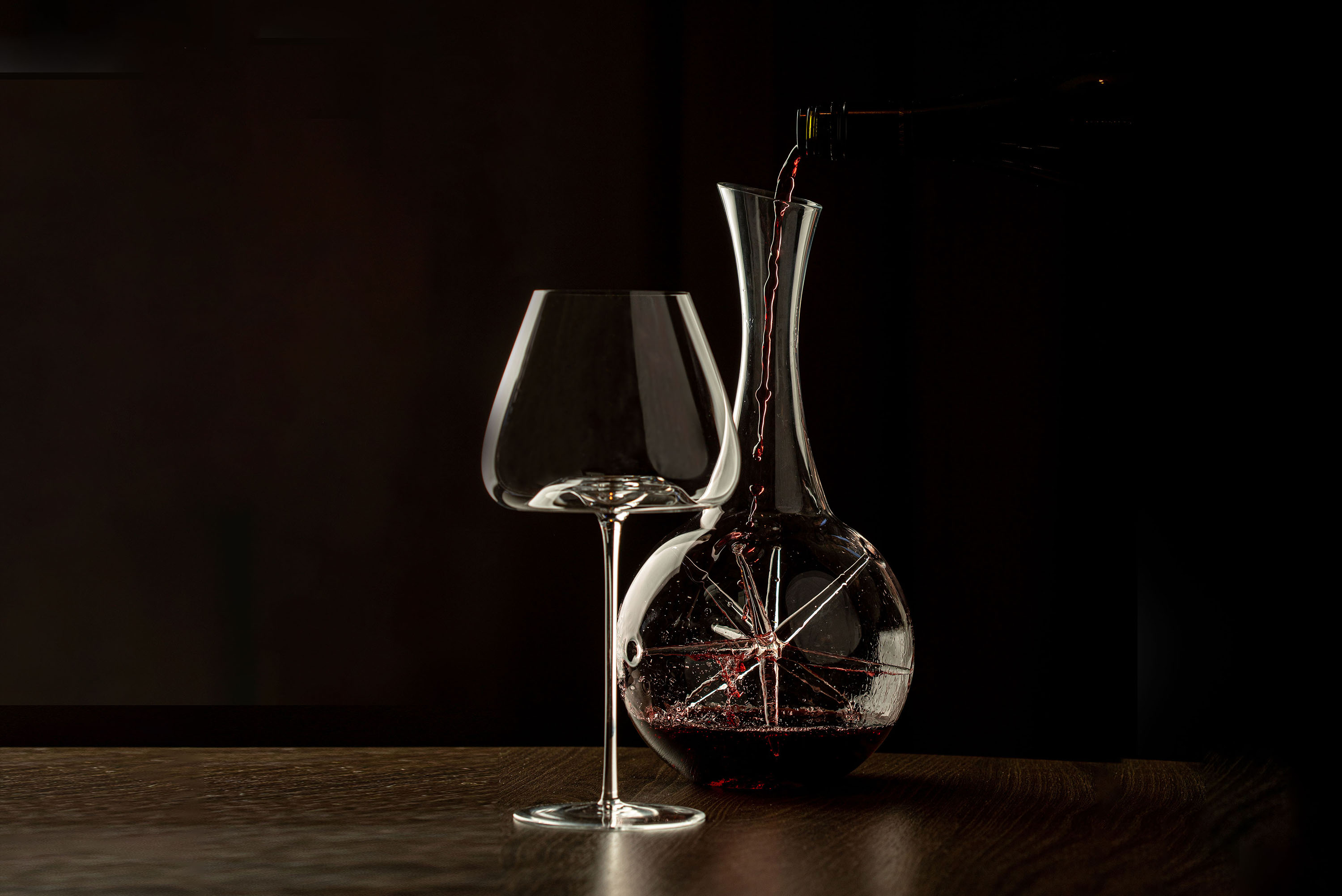


Gyoza are Japanese dumplings made of thin dough in the shape of a crescent with long ears, filled with meat. Most often, you can see gyoza with one crispy side - this is how gyoza is traditionally prepared in Japan. But the first crescent-shaped dumplings appeared in China - and are called jiaozi. There are several theories about the origin of gyoza. According to the first, dumplings were invented by the Chinese pharmacologist, inventor and doctor Zhang Ji during the Han Dynasty to help the poor with frostbitten ears, preparing stewed lamb with black pepper, adding spices and medicine, and wrapping it all up in small pieces of dough as a filling. Another theory suggests that dumplings appeared in Western Asia. In 2018, Chinese archaeologists discovered 1,700-year-old dumplings in the Turpan region of Xinjiang. Most gyoza are crescent-shaped and look like yuanbao ingots made of silver and gold, which were used as currency during the Ming Dynasty (1368 to 1644). In China, the ingots are associated with wealth and good fortune. Since jiaozi sounds like the earliest paper money, eating the dumplings is believed to bring prosperity. Gyoza were brought to Japan by returning servicemen from China after World War II. They wanted to recreate the food they ate in the occupied territories at home. As gyoza became popular across the country, the recipe was adjusted to suit Japanese tastes. Japanese gyoza have a more intense garlic flavor than Chinese gyoza. Plus, Japanese gyoza are made with a thinner dough. Gyoza are divided into three types based on the cooking method: yaki-gedza, which are fried on the underside, then covered with a mixture of water and cornstarch and covered for a few minutes; sui-gedza, which are boiled gyoza that are sometimes served with a light broth; age-gedza, which are crispy, deep-fried dumplings that are mostly found in Chinese restaurants. In Japanese tradition, gyoza are sprinkled with chopped green onions and sesame seeds. They are served with sesame sauce or citrus-based ponzu with sweet rice wine and dashi broth.
.png)











.png)



.png)